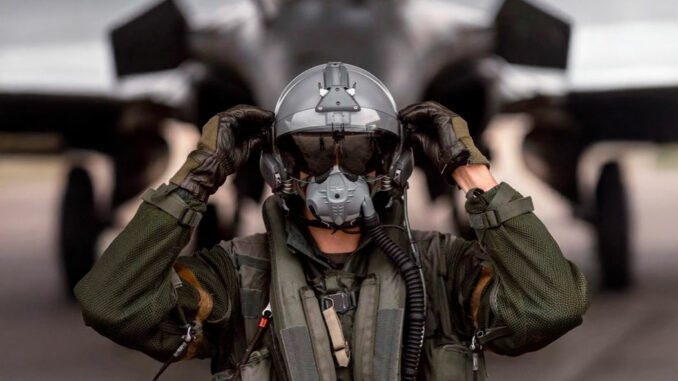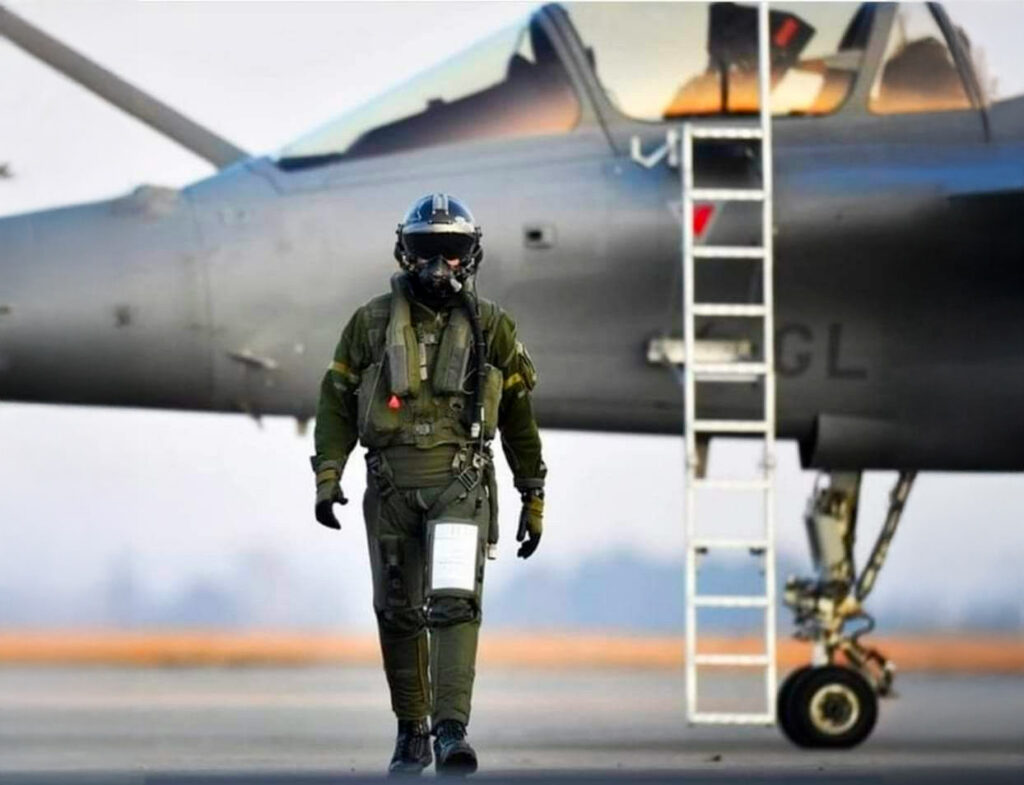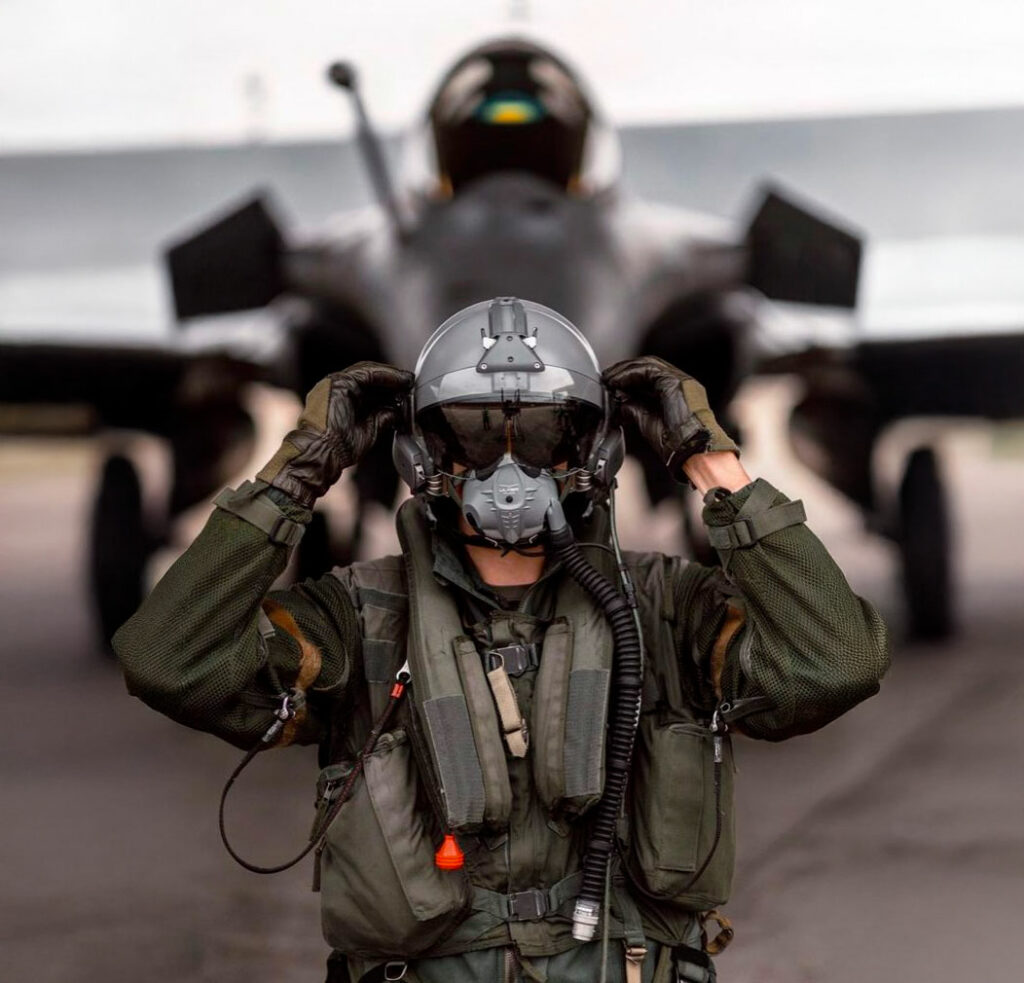
Detailed analysis of fighter pilots’ annual flying hours in France, the USA, Russia, China, India, the UK and Germany, to assess their combat readiness.
The operational readiness of fighter pilots is crucial to the effectiveness of the air force. A key indicator of this readiness is the number of flying hours per pilot per year. This article compares the flying hours of fighter pilots from the main military powers: the USA, Russia, China, India, France, the UK and Germany. The aim is to assess whether these pilots are sufficiently trained for combat.
International standards and recommendations
The North Atlantic Treaty Organization (NATO) recommends a minimum of 180 flying hours per year for fighter pilots to maintain an optimum level of training. This standard serves as a benchmark for many air forces, although its application varies according to each nation’s resources and priorities.

Fighter pilot flying hours by country
United States
The US Air Force (USAF) is often considered the benchmark for fighter pilot training. Historically, USAF pilots flew between 200 and 250 hours a year. However, budgetary and operational constraints have sometimes reduced this figure. According to recent reports, US pilots maintain an average of around 180 flying hours per year, in line with NATO recommendations.
Russia
The Russian Air Force has experienced significant variations in pilot flying hours. In the 1990s, due to economic difficulties, annual flying hours were sometimes below 50. Over the past decade, efforts have been made to improve training, with current estimates putting flying hours at between 100 and 120 a year. Although this figure is below NATO standards, it represents a significant improvement on previous decades.
China
The People’s Liberation Army (PLA) has invested heavily in modernizing its air force. Chinese pilots currently fly between 100 and 150 hours a year. Although this figure is lower than NATO recommendations, China compensates for this with intensive use of advanced flight simulators to improve pilot preparation.
India
The Indian Air Force (IAF) aims to provide its fighter pilots with around 180 flying hours per year, in line with NATO standards. However, challenges such as aircraft maintenance and budget constraints can lead to variations, with some estimates placing actual flying hours at between 120 and 150 per year.
France
According to a 2022 report, Armée de l’Air et de l’Espace (AAE) fighter pilots flew an average of 162 hours in 2022, with a forecast of 147 hours for 2023. These figures are below the 180 hours recommended by NATO, which has raised concerns about the operational readiness of French pilots.
United Kingdom
The Royal Air Force (RAF) aims to provide its fighter pilots with around 180 flying hours per year. However, budgetary constraints and operational commitments have sometimes reduced this figure, with some recent estimates indicating annual averages of around 150 hours.
Germany
The Luftwaffe has faced challenges in terms of aircraft availability and funding, which has affected the flying hours of its pilots. Reports indicate that German pilots average between 140 and 160 flying hours per year, below NATO recommendations.
Comparative analysis
Of the nations studied, only the US and, to some extent, Indian air forces approach or reach the 180 annual flying hours recommended by NATO. Other countries, notably France, the UK, Germany, Russia and China, record lower averages, which could raise questions about the operational readiness of their fighter pilots.
Factors influencing flying hours
Several factors contribute to variations in flying hours between nations:
- Defense budget: Budget constraints can limit the funding available for pilot training.
- Aircraft availability : Fleet maintenance and modernization influence the number of operational aircraft available for training.
- Use of simulators: Some air forces compensate for reduced flying hours by increased use of advanced flight simulators.
- Operational commitments: Ongoing deployments and missions can affect the availability of aircraft and pilots for training.

Consequences for combat readiness
Fighter pilots’ operational readiness can be affected by flying fewer hours than recommended. Critical skills, such as mastery of complex maneuvers, combat responsiveness and familiarity with weapon systems, depend on regular training. While simulators offer a valuable alternative, they cannot entirely replace experience gained in actual flight.
An analysis of the annual flying hours of fighter pilots from the major military powers shows significant differences between nations. The United States leads the way in terms of live-flight training, followed by India, which tries to maintain a level close to NATO recommendations. Other countries, notably France, the UK, Germany, Russia and China, have lower levels, which may raise questions about the operational readiness of their fighter pilots.
Air forces that fail to reach the 180-hour threshold have to compensate with simulator training, real-life exercises and modernization of their force employment doctrines. However, these solutions cannot totally replace the experience acquired in real flight, particularly in terms of decision-making under pressure and endurance in prolonged combat situations.
Future prospects and challenges
The evolution of air warfare technologies and doctrines means that armed forces need to strike a balance between live training and simulator-based training. The integration of artificial intelligence into training systems could optimize pilot training, compensating for the limitations imposed by aircraft costs and availability. What’s more, fleet management and aircraft maintenance are key to ensuring optimum training levels.
Finally, the rise of combat drones and the changing missions of fighter pilots could ultimately redefine flight-hour requirements. Armies will have to adapt their training to prepare pilots to operate in environments that are increasingly digitized and coordinated with autonomous platforms.
While the USA and India are moving closer to NATO standards, other countries still face budgetary and logistical challenges in guaranteeing optimal training for their pilots. The future of air combat training will rely on a combination of flight training, advanced use of simulators and integration of new technologies.
War Wings Daily is an independant magazine.